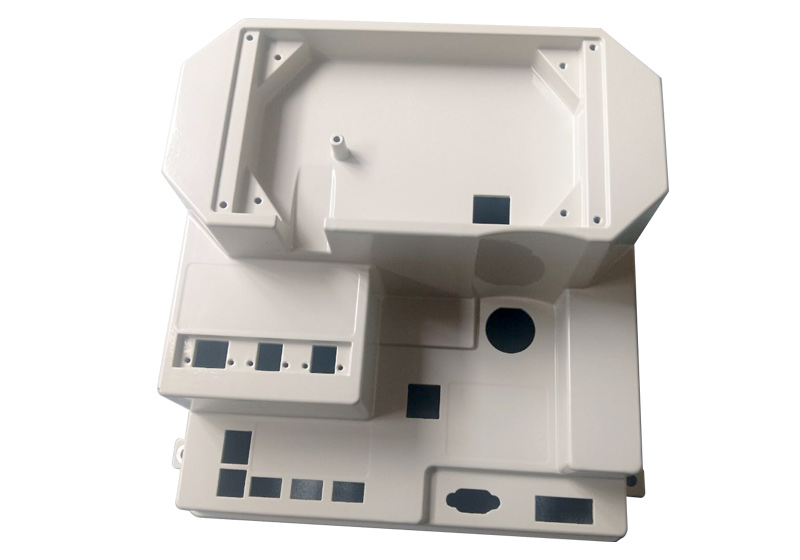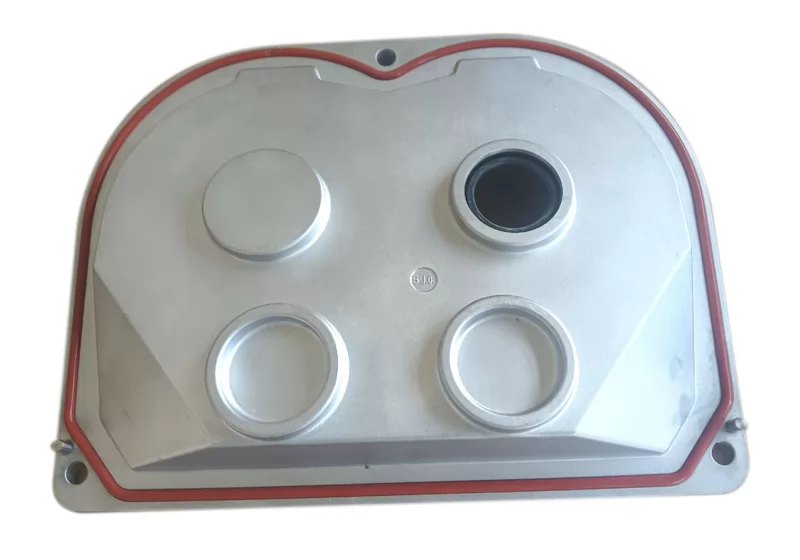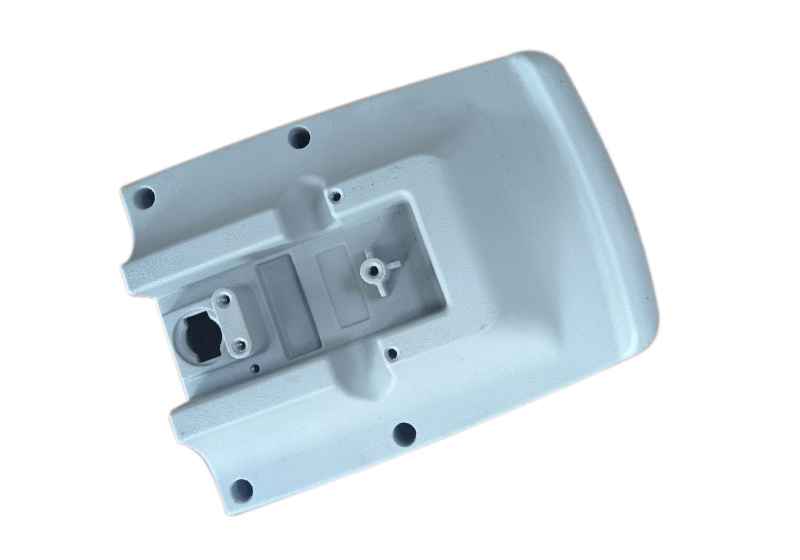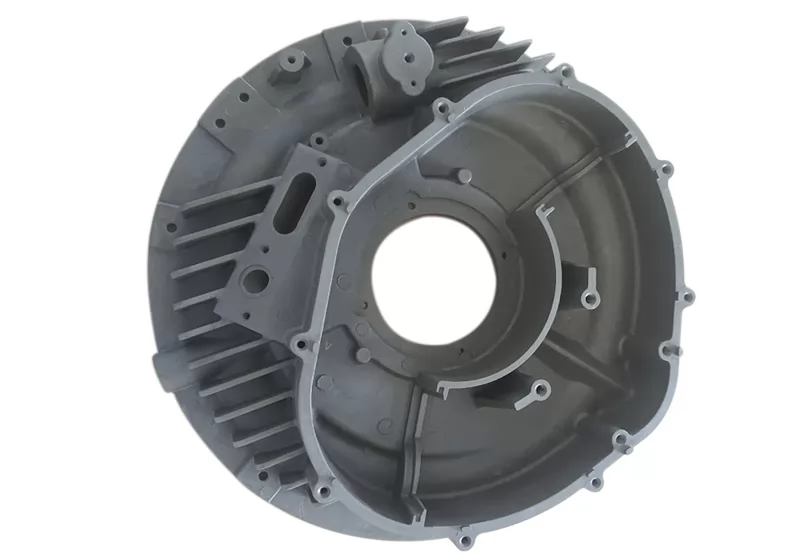| Parameter | Value |
|---|---|
| Part Name | Automotive LED Headlight Heat Sink |
| Material | AISI12Cu1(Fe)/ADC12 |
| Size | 690 × 50 × 30 mm |
| Weight | 412g |
| Process | High pressure die casting + CNC machining |
| Surface Finish | Polishing |
| Min. Thickness | 2.5mm |
| Dimensional Tolerances | 8062 CT6 |
| Surface Roughness | Ra 6.3µm |
| Application | Heavy trucks, Construction Vehicle |
| Certification | IATF 16949-2016 |
This is a custom-designed automotive headlight heat sink for heavy-duty trucks. It features large dimensions, complex geometry, and thin walls, while also serving functions of support, heat dissipation, and connection.
1. Product standards and requirements: Material: ADC12 aluminum; full-size tolerance level: 8062 CT6; minimum tolerance: ±0.07; minimum flatness: 0.4; surface free of visible defects; surface roughness: Ra6.3µm. Before official mass production, PPAP approval must be completed and passed.
2. Product challenges: A special slender structure with a length approaching 700mm, making the part prone to deformation. Normal die-casting deformation ranges from 1–1.5mm, leading to strict requirements on flatness control.
Risk keywords: flowability control, deformation, fracture, surface defects.
Overall, this project presents a certain level of difficulty, especially testing our mold design capability and quality control capability.
Following the core methodology required by the internationally advanced IATF 16949 standard—Advanced Product Quality Planning (APQP)—we established a project development team consisting of mold designers, casting engineers, machining engineers, quality engineers, and sales staff, to carry out a quality-centered full product development process.
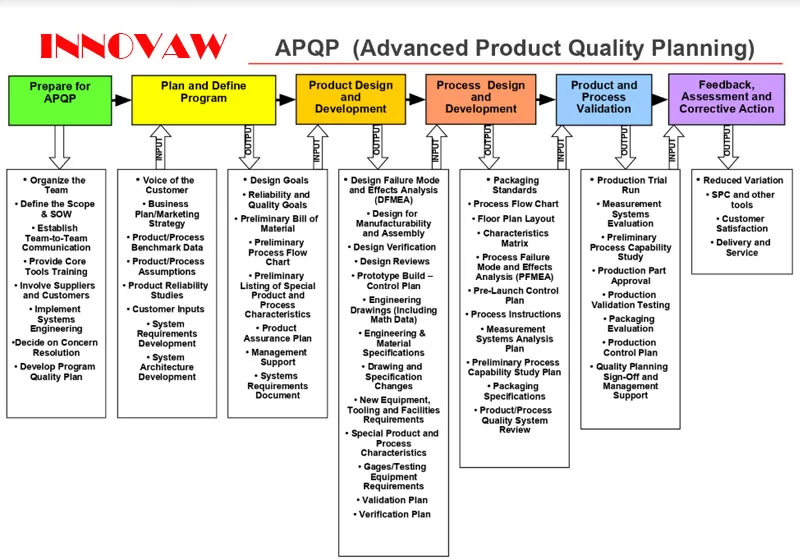
We first conducted DFM analysis to optimize certain structural details and improve manufacturability, and worked with the customer to establish mutually agreed technical specifications and quality standards.
Considering the application environment and performance requirements of this automotive LED headlight heat sink, ADC12 was confirmed as the material. Based on material properties and core design elements of this product, and from the perspectives of technical feasibility, quality stability, and cost control, the final process route was determined as high-pressure die casting + CNC precision machining. A 500T die-casting machine was selected, with a 1-cavity-2-part mold design.
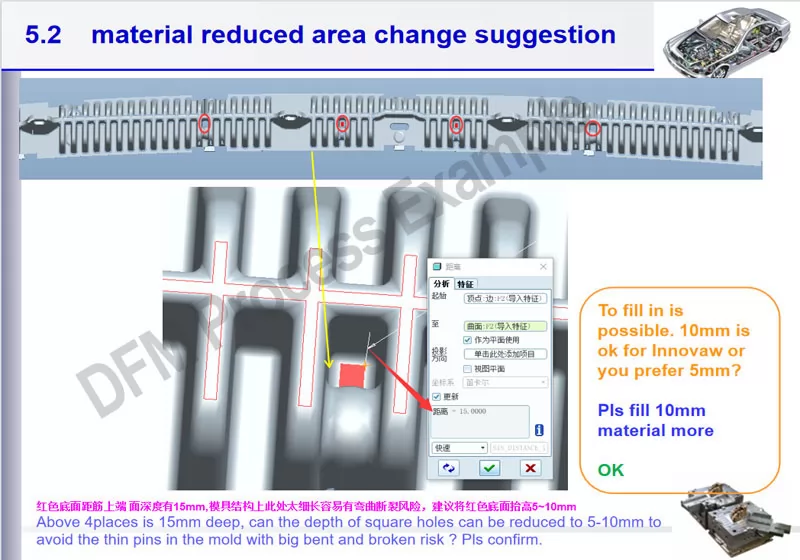
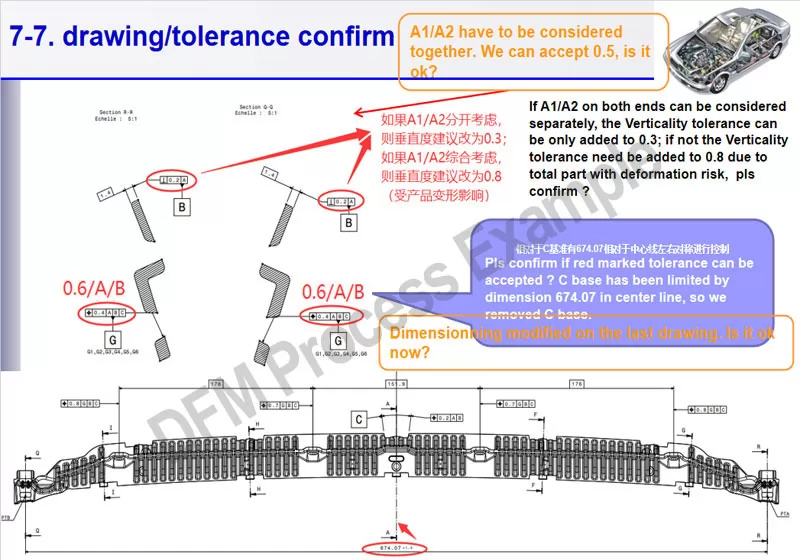
Next, technical engineers carried out mold flow simulation and analysis, predicting and optimizing various challenges and process parameters. A die-casting simulation analysis report was provided to the customer, along with a preliminary process flow chart and process control plan.
Finally, during subsequent production steps, solutions were gradually validated, and problems were identified and resolved.
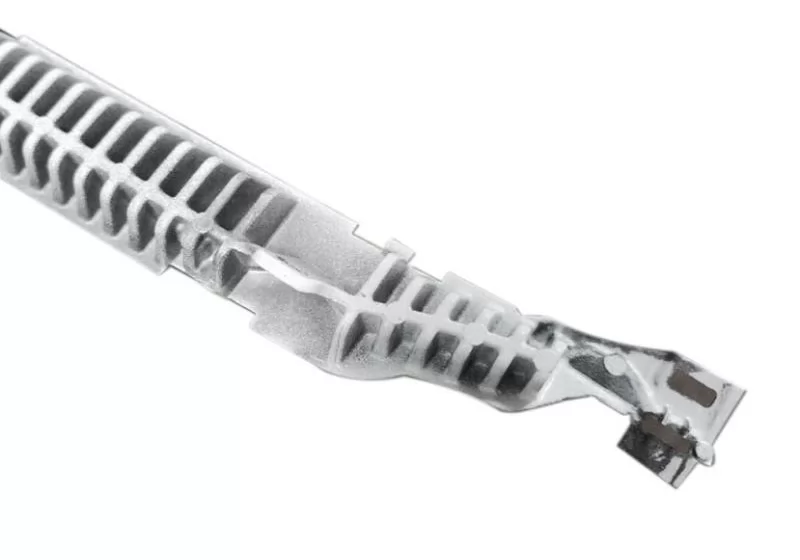
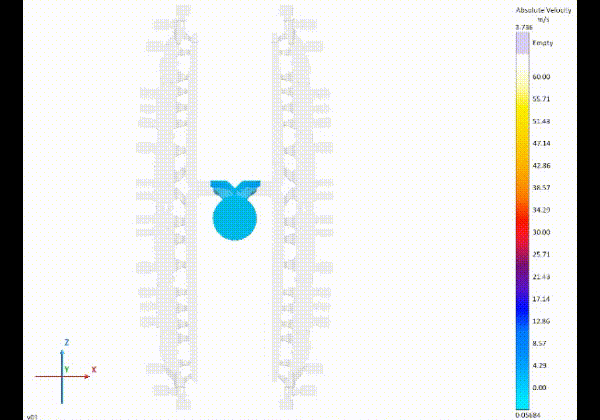
For the development of this automotive headlight heat sink casting project, our company adopted an approach of first designing the overall process flow, then carrying out verification step by step according to it. Starting from mold manufacturing, the project officially entered the production phase. Work was carried out in accordance with the initial process flow chart, while FMEA tools were applied to analyze and evaluate potential failure modes. Core parameter data were continuously monitored and improved using Statistical Process Control (SPC). The main critical issues encountered during the actual production process were as follows:
Given the size of this product, a reasonable design would normally require an 800T–1000T die-casting machine. However, larger machines bring higher costs. To help the customer achieve more economical cost targets, our technical team carefully analyzed the situation. Based on the performance of our high-pressure die-casting equipment and our strong mold design and manufacturing capabilities, we determined that this product could be produced on a smaller machine. Ultimately, we designed a 1-cavity-2-part mold for a 500T machine, which successfully went into production, significantly reducing costs for the customer.
Due to the characteristics of this aluminum headlight heat sink, it is difficult to completely avoid minor deformations in the die-cast blank after demolding. Although our engineers had predicted and addressed this issue in advance through mold design and die-casting parameter calculations, the measured deformation of the die-cast blank still reached 0.8–1.3mm. To address this, our technical team, leveraging past experience, specifically developed a flatness inspection device. After straightening, the product’s flatness reached 0.3mm—better than the customer’s requirement of 0.4mm—successfully solving the deformation problem.
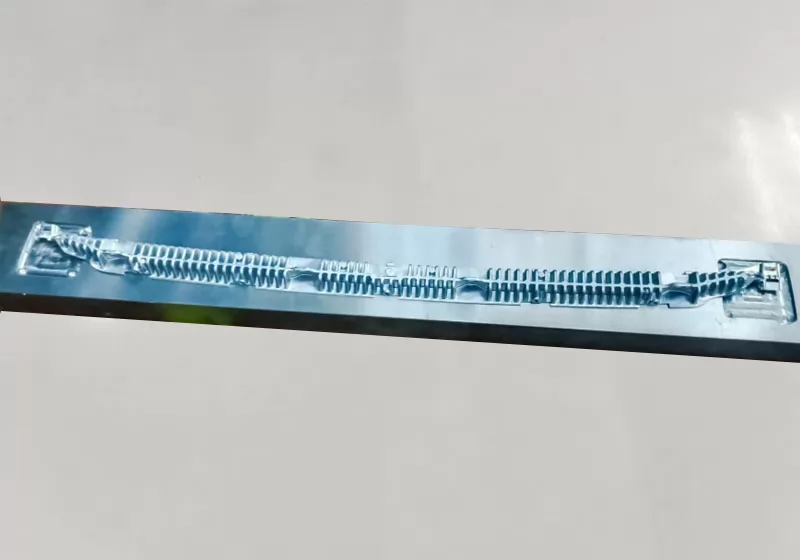
The entire development process is a systematic process of identifying, controlling quality risks, and continuously optimizing processes. The project team for this automotive heat sink utilized rich experience and solid technical expertise to conduct technical reviews and repeated verification at every process step, systematically identifying and resolving potential risk points.
The team’s quality engineers strictly followed the IATF 16949 quality system, implementing the full APQP (Advanced Product Quality Planning) process to achieve full-process quality control. By establishing and executing FMEA, SPC, MSA, process control plans, and other documentation, various potential process and quality risks were prevented, and quality fluctuations were controlled. Ultimately, a PPAP document was prepared and approved by the customer, laying a solid foundation for mass production.
Throughout the process, first-article inspections, patrol inspections, and shipment inspections were arranged. Complete inspection data records were established, ensuring all quality data is traceable and verifiable.
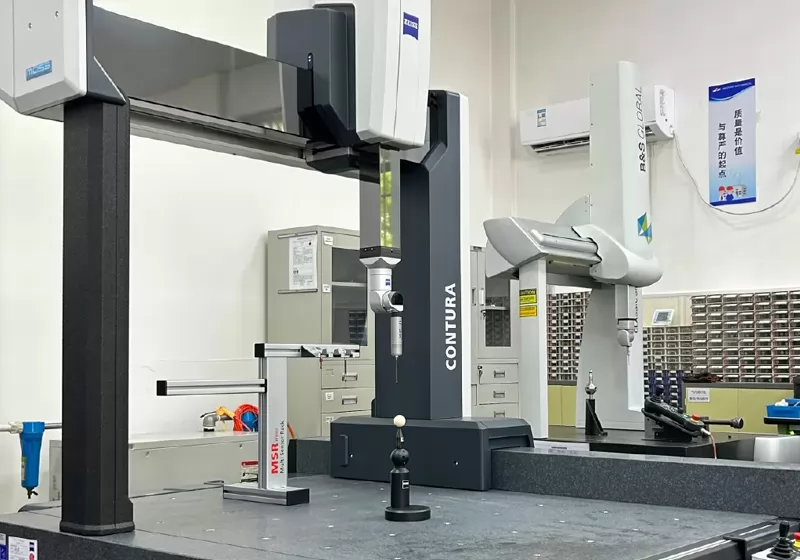
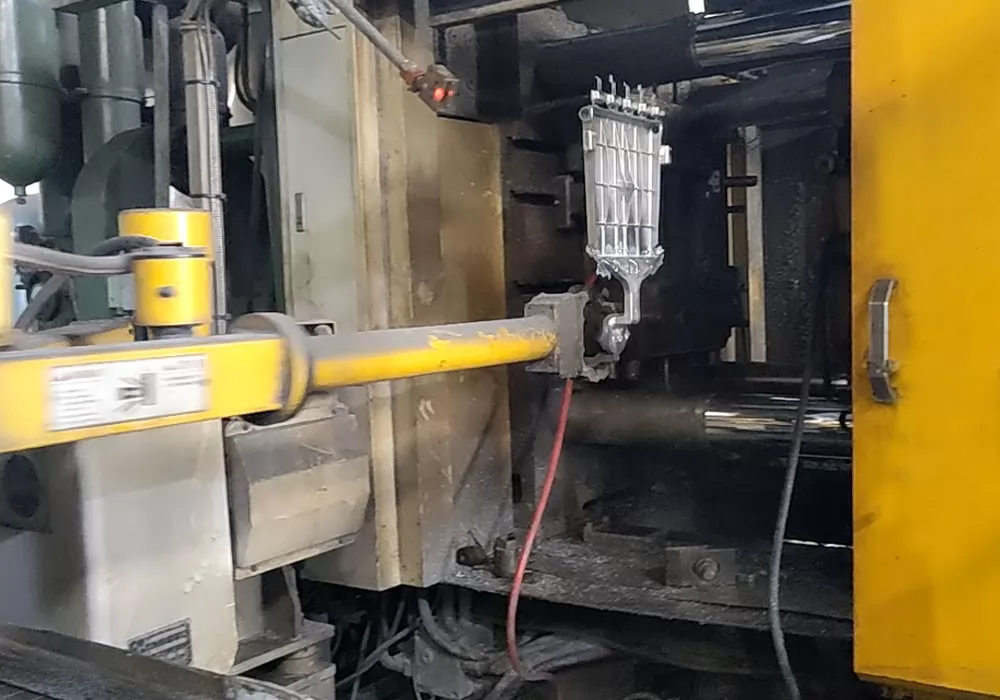
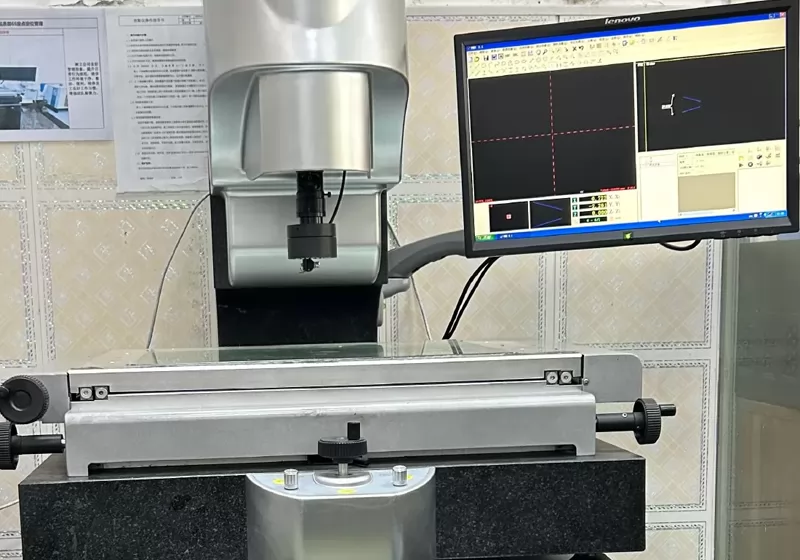
Final product indicators:
1. Dimensional accuracy, including flatness, perpendicularity, and more than 50 dimensional standards—all compliant.
2. Surface free of visible defects—compliant.
3. PPAP completed and approved by the customer.
The development of this automotive headlight heat sink aluminum casting project by Innovaw, with its high technical difficulty and stringent performance requirements, served as a comprehensive test of the manufacturer’s capabilities. Relying on our profound expertise in high-pressure die casting, precision CNC machining, and consistent implementation of an excellent quality management system, we successfully overcame the challenges and delivered a high-quality product that met customer expectations. This project fully demonstrates our casting development team’s professional capability in systematic problem analysis and improvement for complex structural component development.
Mould making → High Pressure Die Casting → Cutting the sprue and riser → Polishing → Polishing → → CNC Machining → Packaging & inspection
We ask for 3D models or detailed 2D drawings. Samples may also be provided for pricing purposes. Please also provide specific details such as the product quantity, annual demand, raw materials, and dimensional tolerances. We accept 3D models in .PRT and .SLDPRT formats, as well as neutral formats such as .IGS, .STP, and .X_T.
100
Because the customer's product demand and complexity is different, need to use different die-casting or casting process, so the delivery time is not the same, we will be with the customer before booking the contract for delivery time confirmation. tooling lead time: 5-8weeks according to different parts; first samples lead time: 1-3weeks after tooling ready. mass order lead time: 5-7weeks
we will use 8D tool to process customer's complaint, define root cause and improvment actions.
